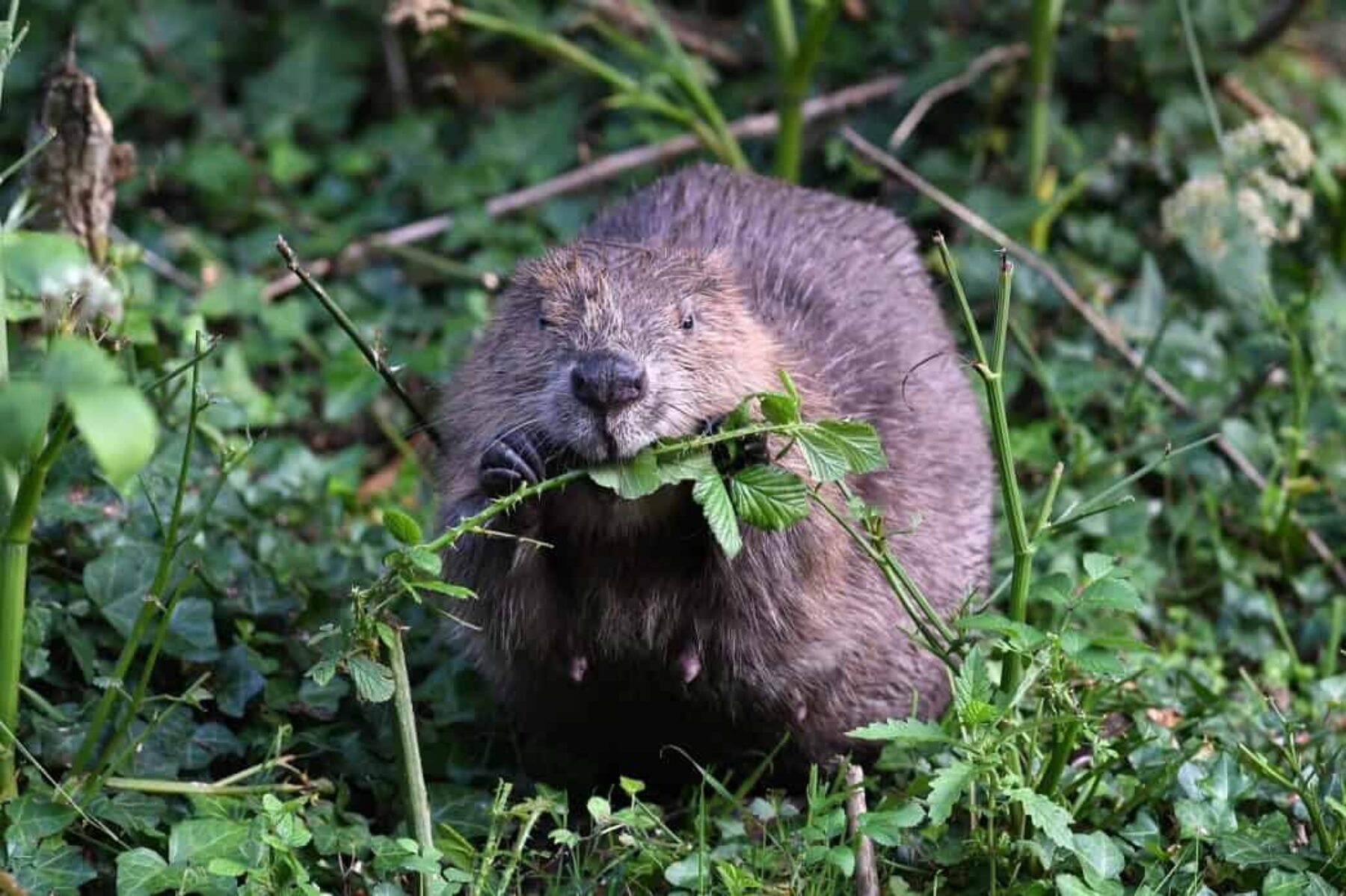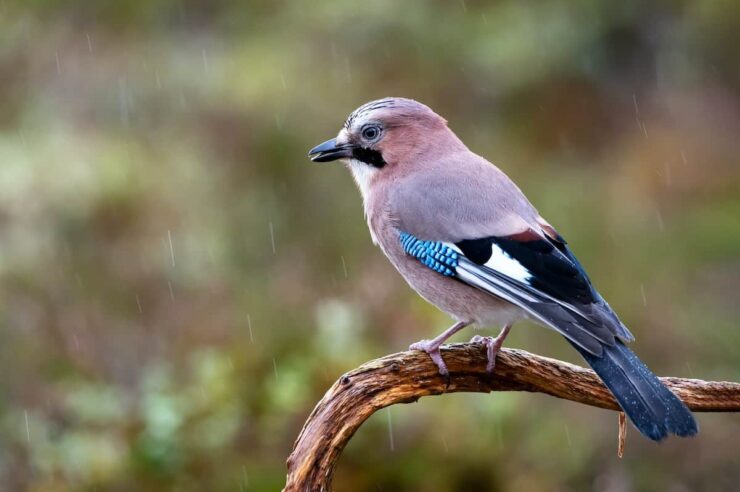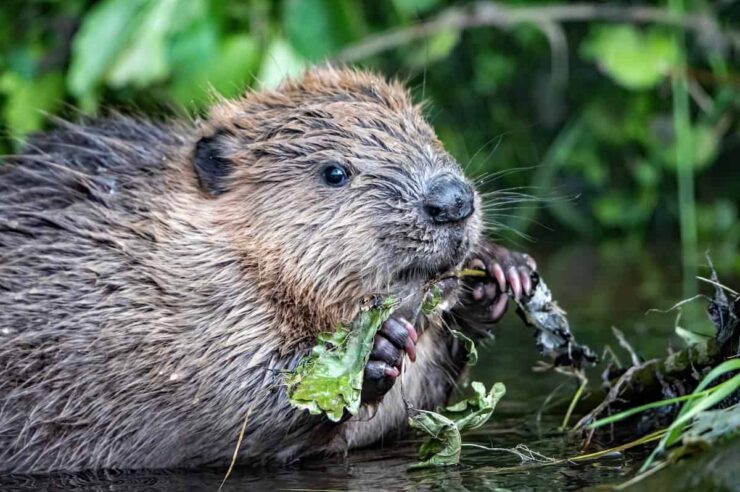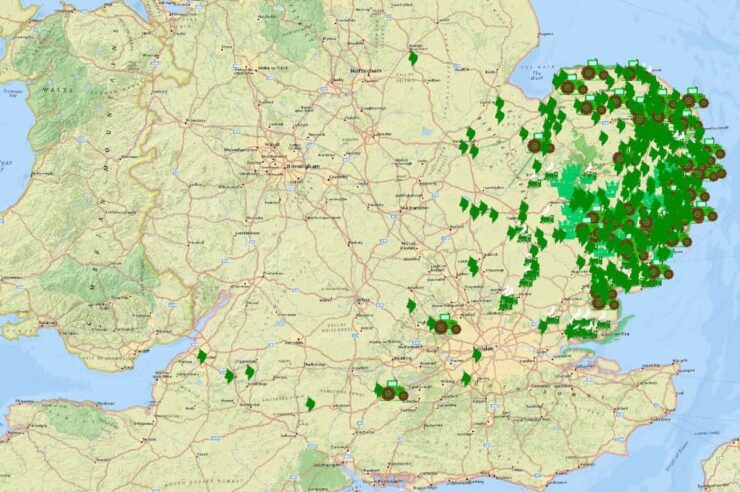Beavers have become synonymous with the rewilding movement in the UK. Their widely publicised return is likely to have a profound impact on the landscape, say the authors of a study
The Eurasian beaver, once a common sight across Europe, had disappeared almost entirely by the end of the 16th century thanks to hunting and river modification for agriculture and engineering.
But beavers are making a comeback across the UK and several other countries. They have already been released into the wild in Scotland and within enclosed river sections in England. Now expanding the wild release of beavers across England is on the cards.
Ecosystem recovery, increased biodiversity, flood protection and improved water quality are some of the upsides of having beavers around. But reintroducing wild animals to the landscape is always going to involve trial and error, and it’s vital to understand the possible consequences – both good and bad.
The beaver is a gifted environmental engineer, able to create its own ecological niche – matching itself perfectly to its environment – by building dams. These dams are made from materials the beaver can carry or float – typically wood, stones and mud, but also fence posts, crops from nearby fields, satellite dishes and old kids’ toys.
The dam creates a peaceful, watery home for beaver families to sleep, eat and avoid predators. And the effects of dam building ripple outwards, with the potential to transform entire ecosystems.
Our review of beaver impacts considers evidence from across Europe and North America, where wild beaver populations have been expanding since around the 1950s.
Water
There is clear evidence that beaver dams increase water storage in river landscapes through creating more ponds and wetlands, as well as raising groundwater levels. This could help rivers – and their inhabitants – handle ever more common weather extremes like floods and droughts.
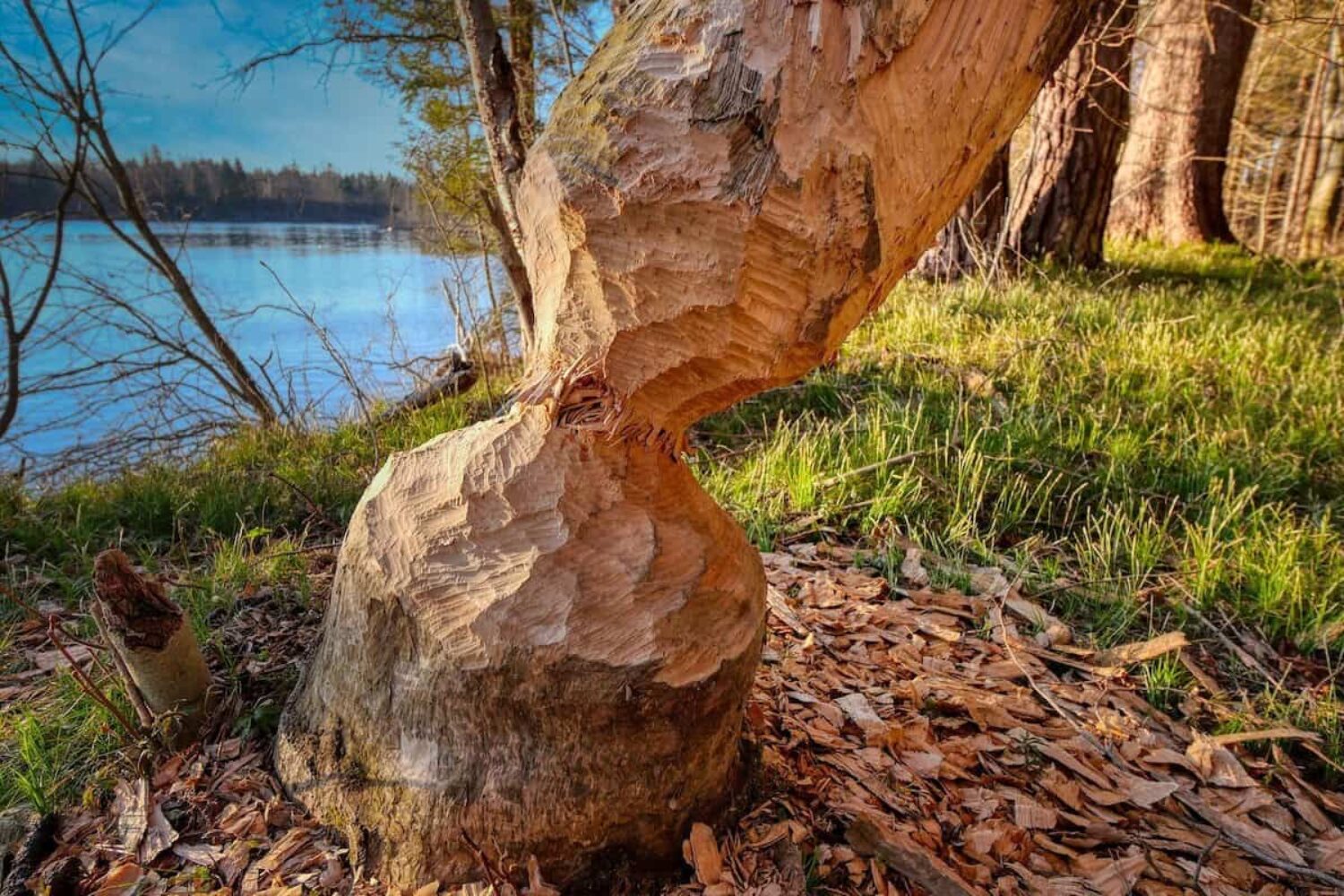
Beavers are gifted environmental engineers, using trees to make dams. Image: Fietzfotos
If you observe beaver dams in the wild, water often comes very close to the top of their dams, suggesting they might not be much help in a flood. Nonetheless, some studies are finding that beaver dams can reduce flood peaks, likely because they divert water onto floodplains and slow downstream flow. However, we don’t know whether beaver dams reliably reduce floods of different sizes, and it would be unwise to assume they’re always capable of protecting downstream structures.
The good news is that it seems all the extra water dams store could help supplement rivers during dry periods and act as critical refuges for fish, amphibians, insects and birds during droughts.
Beavers have an important role to play in rewilding efforts
Beaver dams increase the time it takes for things carried by rivers to move downstream. In some cases, this can help slow the spread of pollutants like nitrates and phosphates, commonly used in fertilisers, which can harm fish and damage water quality.
Beavers’ impact on phosphates is unclear, with just as many studies finding phosphorus concentrations increasing downstream of beaver dams as those finding a decrease or no change. But beavers seem especially skilled at removing nitrate: a welcome skill, since high concentrations of nitrates in drinking water could endanger infant health.
Rewilding
All that water storage means beavers create a wonderful mosaic of still, slow and fast-moving watery habitats. In particular, they increase the biodiversity of river valleys, for example helping macro-invertebrates like worms and snails – key to healthy food chains – to thrive.
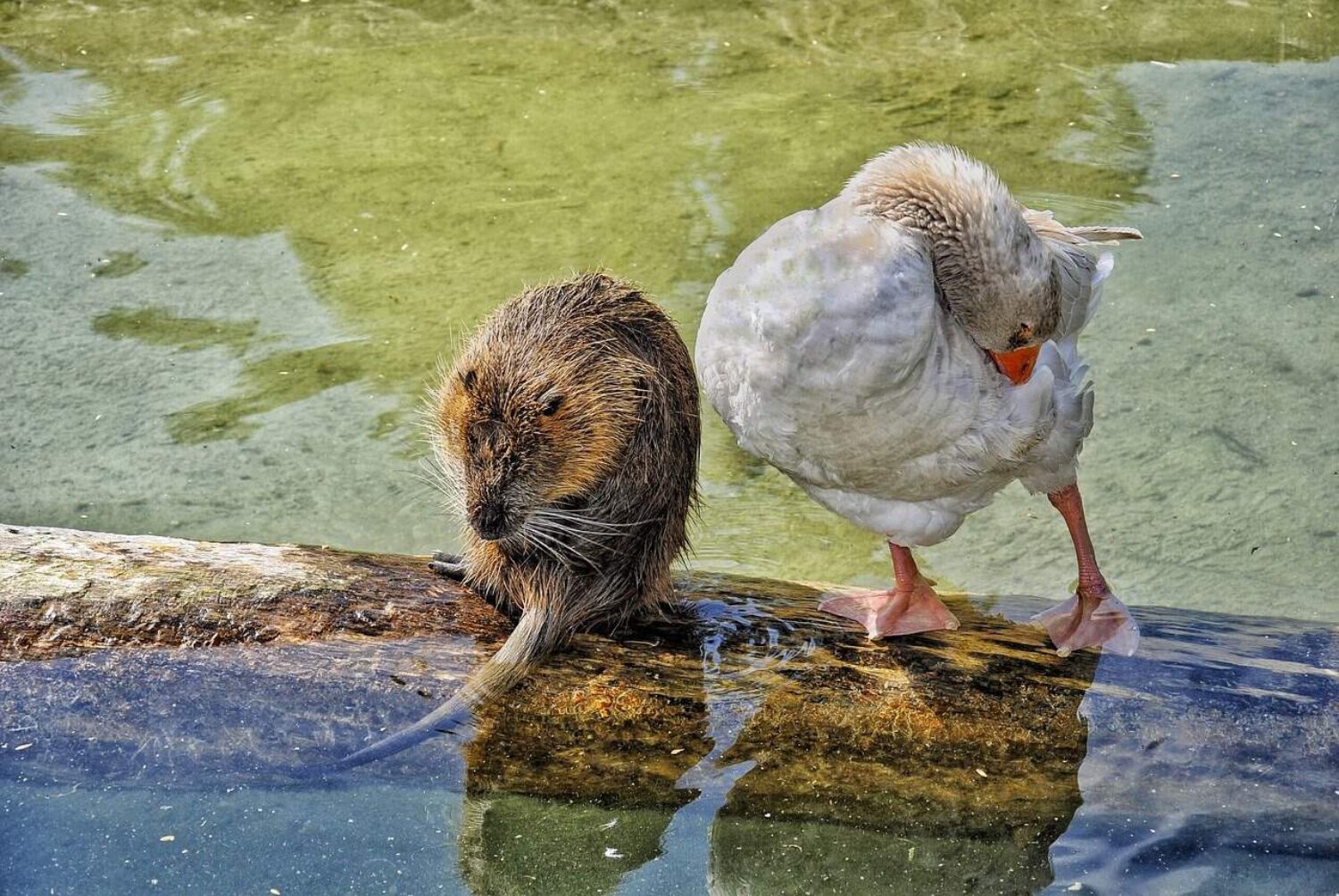
By damming rivers, beavers create habitats for other species. Image: Duernsteiner
Beavers’ departure can leave anything from fens or peatlands to wet floodplain forests to drier grassland meadows developing in their wake. This gives beavers an important role in rewilding efforts.
But nuance is key here. Evidence of beaver dam impacts on fish populations and river valley vegetation, for example, is very mixed. Because they are such great agents of disturbance, beavers promote plants that germinate quickly, like woody shrubs and grasses.
While this can reduce forest cover and help some invasive plants, given time it can also help create valleys with a far richer mosaic of plant life. So although beaver presence is likely to bring benefits, more research is needed to get clearer on precisely how beavers change ecosystems.
Net zero carbon
Beavers are great at trapping carbon by storing organic matter like plant detritus in slow-flowing ponds. However, this also means beaver ponds can be sources of greenhouse gases, like CO2 and methane, that contribute to the greenhouse effect. This led one author to wonder “whether the beaver is aware the greenhouse effect will reduce demand for fur coats”.
Can beavers still be helpful in achieving net zero carbon? The short-term answer is probably yes, since more carbon seems to be trapped than released by beaver activities.
However, long-term outcomes are less clear, since the amount of carbon that beavers keep in the ground depends on how willing they are to hang around in a river valley – and how willing we are to let them. A clearer understanding of where beavers fit within the carbon cycle of river systems is needed if we are to make best use of their carbon capture skills.
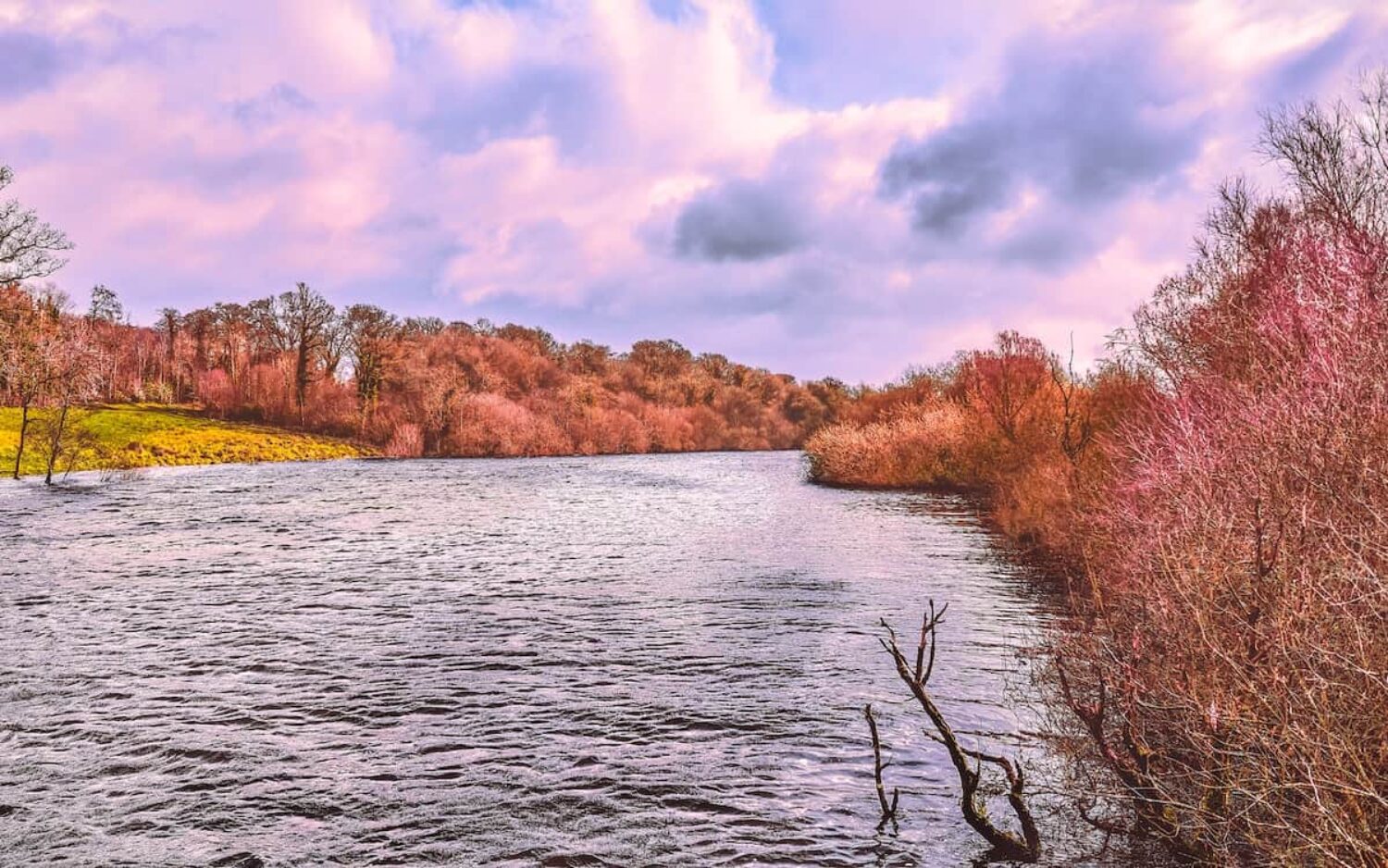
Research hints that beavers could help landscapes adapt to more extreme weather. Image: K Mitch Hodge
Management
Beavers are reentering landscapes under human dominance, the same thing that originally drove them from vast swathes of European river systems.
In the UK, this means they’ll lack natural predators and may be in competition with cows and sheep for food: possibly resulting in unsteady wild population trajectories.
Although good data on long-term beaver activity is available from Sweden, Norway and Switzerland, our different climate and landscapes mean it’s hard to make a straightforward comparison.
Beavers’ use in rewilding can be incredibly cost-effective
Beavers’ use in rewilding can be incredibly cost-effective, as dam construction and the biodiversity benefits that flow from it is done largely for free. But we need to be tolerant of uncertainty in where and when they choose to do their work.
Working with wild animals – who probably don’t share our priorities – is always an unpredictable process. The expansion of beavers into the wild has a bright future so long as we can manage expectations of people who own and use beaver-inhabited land.
Joshua Larsen is a senior lecturer in water science at the University of Birmingham. Annegret Larsen is an assistant professor in geography at Wageningen University, Netherlands.
This article is republished from The Conversation under a Creative Commons license. Read the original article.
Main image: David Parkyn/Cornwall Wildlife Trust
